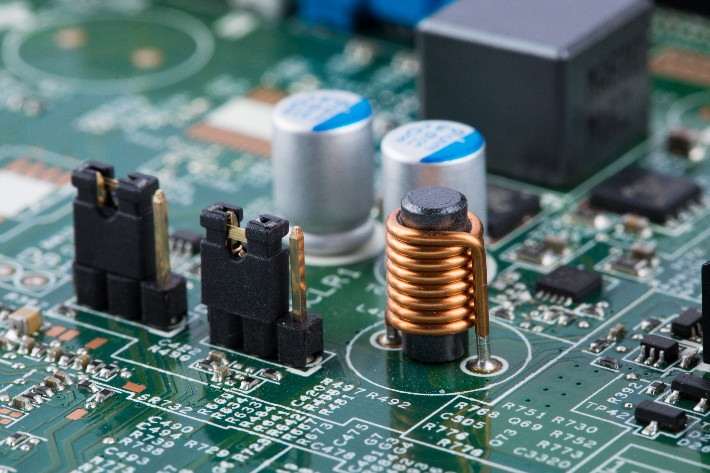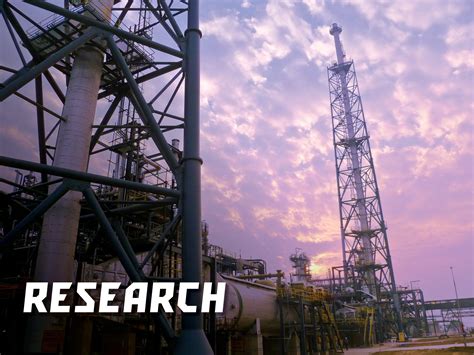PCB and PCBA manufacturer |
PCB Manufacturing
Layers: 1-50
HDI: 5+N+5
External Copper Thickness: 0.5 OZ – 40 OZ
Internal Copper Thickness: 0.5OZ – 15OZ
Min. Line/Track Width & Space: : 3mil & 3mil
Max. Board Thickness: 12mm
Min. Drilling Size(Mechanical): 0.15 mm:
Min. Drilling Size(Laser Drilling): 0.1mm
Impedance Controlled Tolerance: Min.+/-5%, General+/-10%
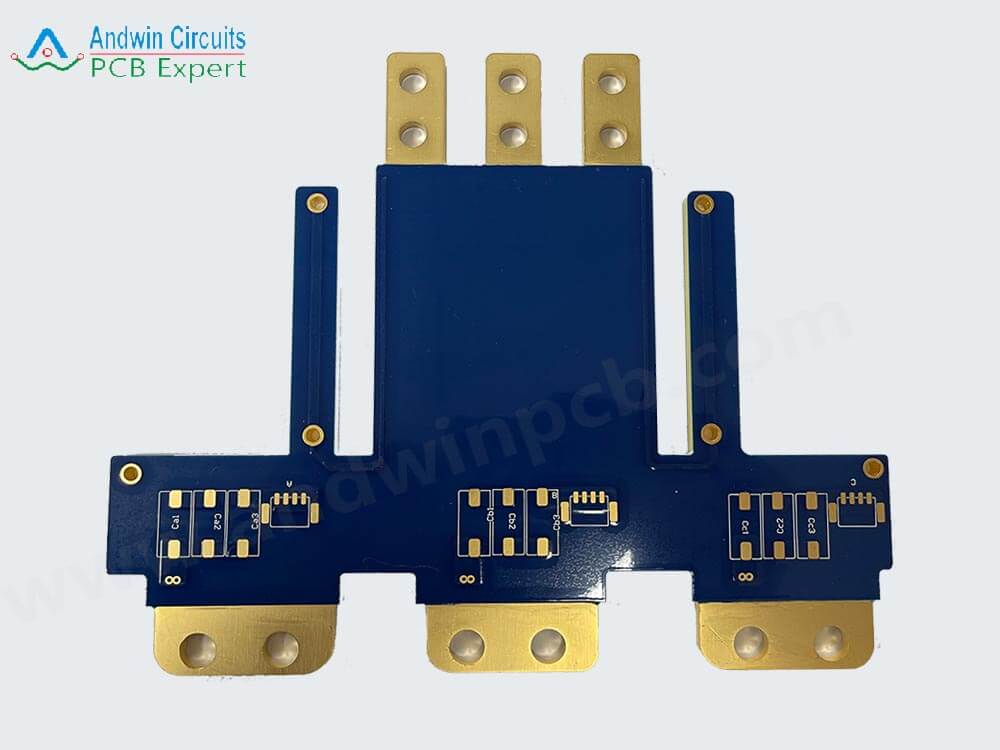
Components Procurement
From Authorized distributors only
Capacitors and Resistor on stock
For large quantity, Arrow, Avnet,Future electronics
For prototypes Mouser, Digi-key, Element14

PCB Assembly
ISO 9001:2015 certified
RoHS & Lead-Free assembly
Consigned Components or Turnkey.
Single or double-sided mixed technology pcb assembly
All kinds of IC package BGAs, CGAs, QFNs, DFNs, CSPs
Traceability processing of QR code laser marking
AOI Inspection, X-Ray Inspection

What is a PCB?
A Printed Circuit Board (PCB) is a board made of insulating material (usually fiberglass) that has conductive pathways etched onto its surface.
These pathways are used to connect electronic components such as resistors, capacitors, and transistors to each other. PCBs are used in almost every electronic device, from smartphones to computers to cars.
PCBs are designed using computer-aided design (CAD) software. The software allows engineers to create a digital representation of the circuit board, including the placement of components and the routing of the conductive pathways.
Once the design is complete, the PCB is manufactured using a process called etching.
Etching involves applying a layer of copper to the surface of the PCB and then using a chemical process to remove the unwanted copper.
The result is a board with a pattern of conductive pathways that connect the components.
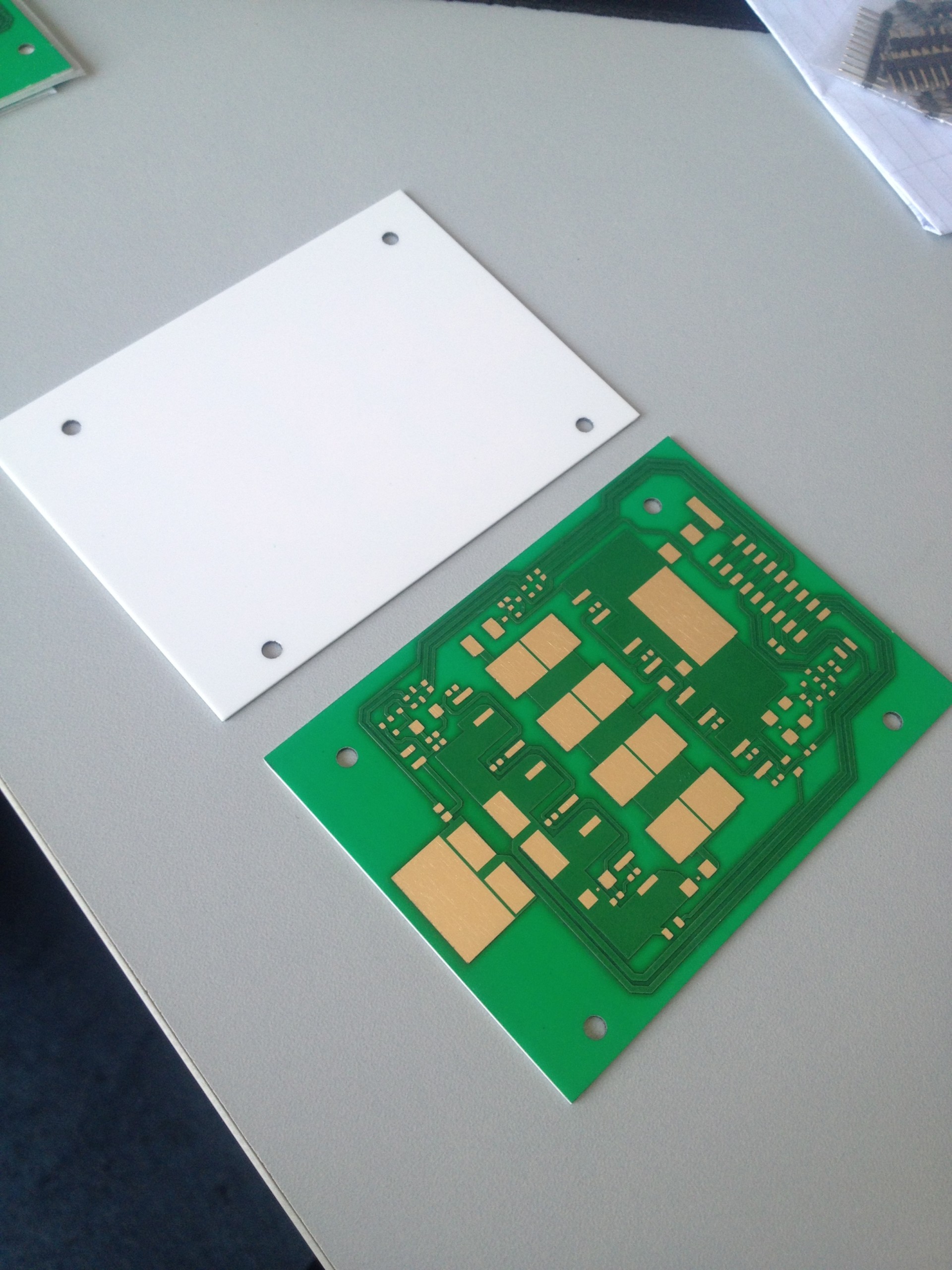
What is a PCBA?
A Printed Circuit Board Assembly (PCBA) is the process of assembling electronic components onto a PCB. The components are soldered onto the PCB using a process called surface mount technology (SMT) or through-hole technology (THT).
SMT involves placing the components onto the surface of the PCB and then soldering them in place using a reflow oven. THT involves inserting the components into holes drilled into the PCB and then soldering them in place using a wave soldering machine.
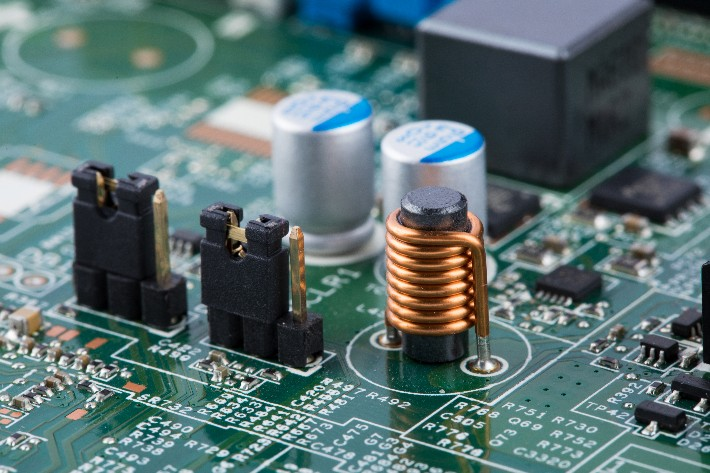
PCB vs. PCBA
The main difference between PCB and PCBA is that PCB refers to the board itself, while PCBA refers to the process of assembling components onto the board. PCBs are designed using CAD software and manufactured using etching, while PCBA involves the assembly of components onto the PCB using SMT or THT.
PCB and PCBA are both essential in the electronics industry. PCBs are the foundation of electronic devices, providing the platform for the components to be connected. PCBA is the process of bringing the PCB to life by assembling the components onto the board.

